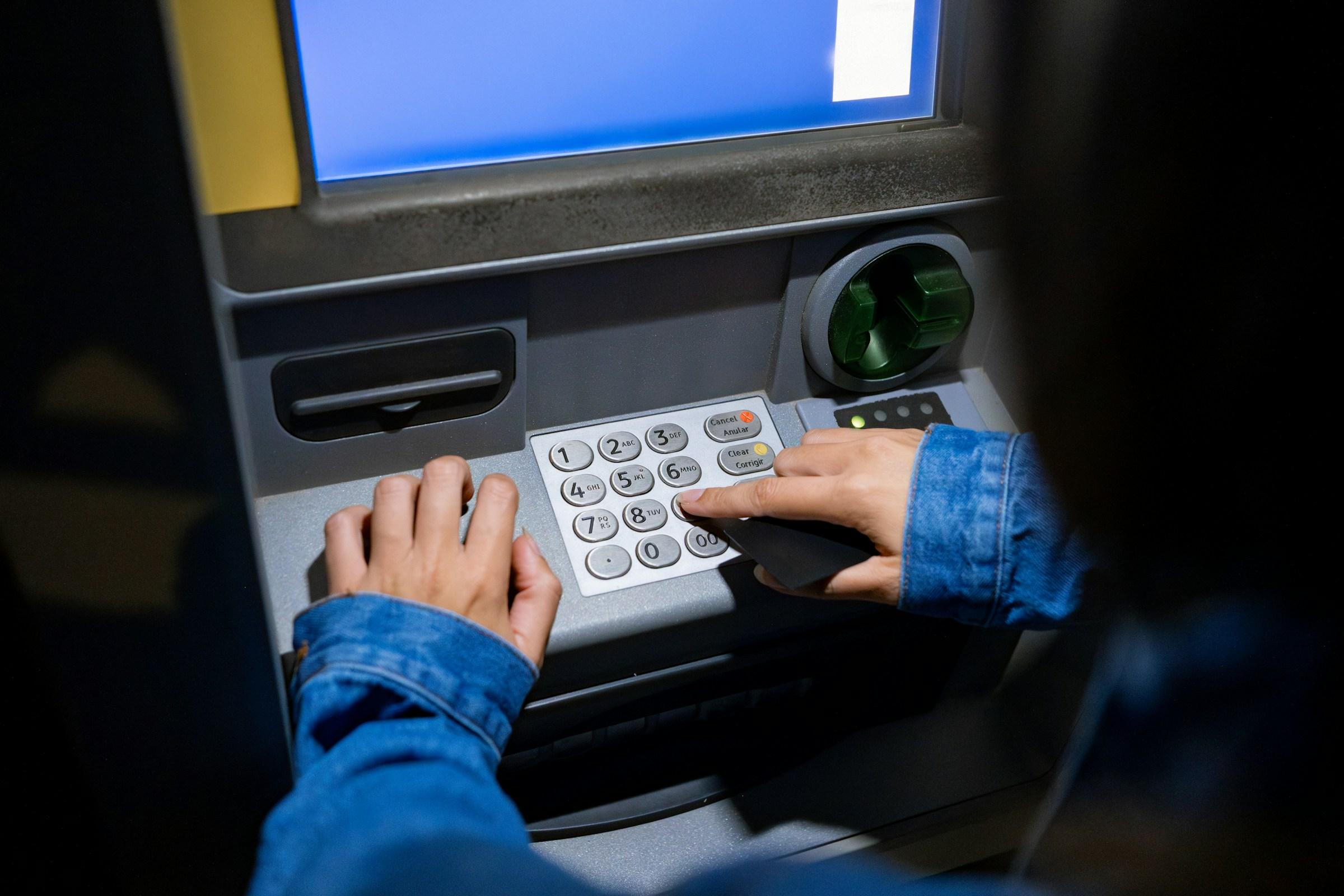A personal loan sits in a grey zone between convenience and commitment. It is unsecured, so you do not pledge a home or car, and approval can be quick. That convenience can either tidy up a messy balance sheet or introduce strain that lingers for years. The difference comes down to purpose, cost, timeline, and cash flow. For Singapore residents, there is also a policy backdrop to consider, since local rules cap unsecured borrowing and banks assess affordability with limits that are tighter than many international peers. Treated carefully, a personal loan is a bridge between present expenses and future stability. Misused, it is a tax on impatience.
The most constructive use case is replacing expensive revolving debt with a fixed plan that you can finish. Credit card balances are convenient at the point of sale, but the interest compounds quickly once a statement is not cleared in full. A personal loan converts that uncertainty into a schedule that ends. The benefit is not just the headline rate. It is the predictability of a fixed repayment that declines the balance every month with no room for the debt to grow when life gets busy. If you have multiple cards with varying cut-off dates, a single loan payment reduces cognitive load and late-fee risk. The right test here is simple. If your total cost of repayment across the full term is lower than the path you are on, and if the new monthly instalment fits inside your budget without crowding out essentials or savings, the consolidation move is rational.
Home renovation is another common reason, and the detail matters. Banks in Singapore offer renovation loans that are typically cheaper than general personal loans because they are tied to a home-related purpose. They often require contractor invoices, disburse to vendors, and cap usage to approved categories such as carpentry or electrical work. If your project fits those rules, a renovation loan can be more economical. If it does not, or if you need a small top-up to cover furniture and moving costs that renovation facilities exclude, a modest personal loan that bridges the gap may be reasonable. The discipline is to scale the term to the lifespan of what you buy. Do not pay for a sofa over five years if it will be replaced in three. Align the loan horizon to the useful life of the asset, so you are not still servicing yesterday’s comfort long after the fabric fades.
Medical expenses can justify a personal loan when timing and coverage do not align. Insurance policies may include deductibles or co-insurance. Certain treatments may fall outside your plan’s limits, and instalment options from providers can be rigid. A personal loan can smooth the cost while you maintain continuity of care. The ethical check here is whether the loan preserves health, employment, and family stability. If the loan prevents a cascade of unpaid bills or short-term cash drought that would jeopardize essentials, it functions as a shield. That is a different decision from upgrading a procedure for preference rather than necessity. In short, treat the loan as financing for recovery, not for lifestyle.
Education sits somewhere in the middle. For accredited programs, many lenders offer education loans with structured interest subsidies or deferment. If you qualify for those, they are usually better than a standard personal loan. But not all upskilling looks like a diploma. Mid-career certificates, licensing exams, and short technical courses can change earning power. If the cost is modest, the program is practical, and the earnings delta is credible, a personal loan can be a measured investment in income. Anchor the decision to a payback period that is visible. If you can recoup the cost within a year or two of higher earnings, the loan behaves like working capital for your career rather than a bet on vague potential.
Unexpected obligations are harder to generalize. A family emergency, a security deposit for a new rental, or a mandatory car repair for work can all be legitimate pressures. The risk is normalizing a personal loan as a first response to every surprise. If your emergency fund is thin and you must choose between a payday-style product and a bank loan, a regulated personal loan is the safer route. It carries clearer terms, and the repayment window can be longer than a few salary cycles. But build in a second step. Once the immediate problem is solved, schedule automatic transfers to rebuild your cash buffer so the next disruption is not financed.
There are also clear situations when a personal loan is the wrong tool. Financing investments with unsecured debt invites volatility on top of fixed repayments. Equity markets, crypto tokens, or even private deals do not move in step with loan schedules. If returns arrive late or not at all, the loan remains punctual every month. Similarly, discretionary purchases that feel urgent rarely retain value. Travel upgrades, festival tickets, and new gadgets are memorable for a weekend and forgettable when bills arrive. A good rule is that consumption should not outlive the smile it brings. If the memory fades before the loan ends, do not borrow for it.
Singapore’s regulatory context offers a safety rail. There are aggregate limits on unsecured borrowing across financial institutions, and lenders tighten credit for consumers who overextend. This framework does not remove personal responsibility, but it reduces the odds of spiral. The practical lesson is that approval is not the same as suitability. A bank can approve a loan that fits its risk appetite while the same loan pinches your household cash flow. To decide well, run a four-part test that respects both policy and personal context.
Start with purpose. Write down the specific problem the loan solves, and why your existing tools are insufficient. If you cannot state the purpose without vague language, the decision is not ready. Next, total cost. Do not stop at the advertised rate. Include processing fees, insurance add-ons if any, and the full interest over the selected term. Compare that total to the cost of leaving your situation unchanged. For example, compare the total cost of a consolidation loan to the projected interest you would pay by continuing to revolve card balances for the next twelve months. Then consider timeline. Map the repayment term against the lifespan of what you are financing and the stability of your income. Job security and variable bonuses matter more than headline rates. Finally, cash flow. The instalment should fit inside your current budget with room for savings and modest shocks. If the only way the numbers work is by assuming perfect months, the plan is brittle.
It helps to ground this in an example. Consider a household with two credit cards carrying balances from a period of medical leave. Card A charges a high rate on the revolving amount and Card B sits on a promotional plan that expires in three months. The household has returned to work, but the minimum payments are consuming too much of the monthly budget and any slip invites penalties. A three-year personal loan that replaces both balances with one instalment could lower the total cost over the horizon and restore predictability. The term is long enough to reduce strain, but short enough that the household can see the end point. The result is fewer fees, steadier cash flow, and the psychological relief of progress that is visible on a single statement.
Contrast that with a consumer who wants to time a stock market opportunity. A lump sum personal loan would magnify gains if the bet works and magnify stress if it does not. Markets can stay flat for longer than a fixed loan can stay patient. Even if the rate appears competitive, the mismatch between volatile returns and fixed obligations turns the tool into a liability. The same logic applies to speculative reselling of concert tickets or consumer electronics. The margin is uncertain while the instalment is certain. When outcomes are asymmetric in that way, liquidity should come from savings, not unsecured credit.
Cross-border readers may notice that Singapore’s approach to unsecured credit is stricter than in many places. In the Gulf, for example, expatriate borrowers with stable salaries often access salary-transfer loans that are functionally similar to personal loans. The structure can be useful for relocation costs, professional licensing fees, or family support, but there is an important difference. Migrant professionals face job mobility rules and visa conditions that can change quickly in a downturn. That makes term matching and emergency buffers even more important. A loan that looked comfortable during a stable contract can feel heavy if a job changes or a return home is necessary. Regardless of market, the principle holds. Align loan horizon to the visibility of your income, and keep an exit plan that does not rely on perfect forecasts.
There are alternatives worth testing before you sign. Some merchants offer instalment plans at zero percent that truly cost nothing beyond a small administrative fee. Others pass hidden costs into pricing, which means the plan is not free in practice. Compare the all-in price. For home projects, ask whether a progressive payment schedule with the contractor can smooth cash flow without a general personal loan. For education, explore employer sponsorship or training credits that do not require interest. For medical costs, ask about interest-free hospital payment plans before using external credit. These alternatives do not always work, but they create a baseline so you know the loan is a choice, not a reflex.
If you do proceed, administration details matter. Keep the term as short as your budget can handle without sacrificing savings and emergency replenishment. Avoid taking the maximum tenure just to create the smallest instalment. Small payments feel gentle, but long terms magnify total cost. Opt out of add-ons you do not need. If a protection plan is offered, understand what it covers and what triggers are required for a claim. Set a calendar reminder a few days before each due date and enable automatic payment from a stable account. If you receive a bonus or tax refund during the term, consider a partial prepayment, but confirm whether fees apply, as some products charge for early settlement while others do not. The goal is to reduce principal faster without paying a penalty that erases the benefit.
A personal loan is not a marker of failure. It is a financial instrument that can restore order when used with discipline. The decision rests less on the rate and more on the narrative you are changing. Are you turning open-ended debt into a finishable plan. Are you aligning the term to the life of what you are buying. Are you protecting essential cash flow rather than squeezing it. When your answers are yes, the loan serves your plan. When your answers are uneasy, more time spent adjusting the budget or exploring alternatives will serve you better. The policy environment in Singapore already nudges you toward prudence. Your task is to follow the nudge with clarity rather than haste.
So when is a personal loan a good option. When it lowers the full cost of your situation, when it creates certainty where there was drift, when the term matches the asset or obligation, and when the instalment leaves room for savings and resilience. If you can state those conditions plainly, the loan is doing the job it was designed to do. If not, the cheapest move is to wait, adjust, and strengthen your foundation before you borrow.
Finally, remember the search term you started with. You wanted to know when to use a personal loan. The answer is not a hack or a trick. It is a set of tradeoffs that you can see and choose. Start with purpose, count the real cost, respect your timeline, and protect your monthly cash flow. With that sequence, a personal loan can be a bridge you cross once, rather than a road you keep circling.



.jpg)



-1.jpg&w=3840&q=75)






.jpg&w=3840&q=75)